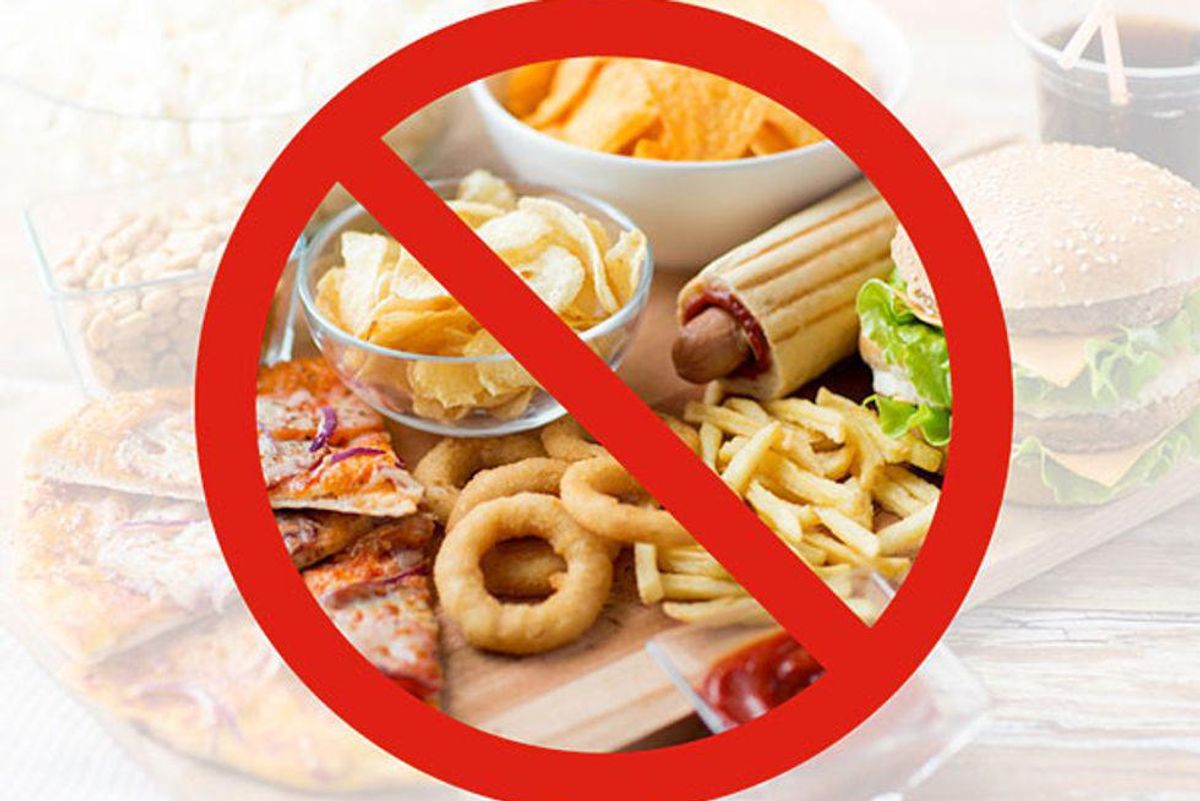The brief break between Super Bowl Sunday and Valentine's Day is a good time to come up with a game plan for healthy eating. Let me be quick to say that neither of those days involves healthy eating for me. My generally good health and daily workouts allow me the occasional splurge without beating myself up. But after I eat chili and nachos, I need to be extra-vigilant about my diet for the next week—before I get to my annual Valentine's feast.
So, what will I do in between? Here are seven tips for the seven days from now to Valentine's:
1. Eat more pulses. Pulses is such an amusing word—much more entertaining than "beans." And, it's more inclusive: pulses is the umbrella term for peas, beans, chickpeas and lentils. Did you know that new research from the University of Saskatchewan in Canada shows that adding pulses to a regular diet can reduce cholesterol, a risk factor in cardiovascular disease? The study involved eating lots of pulses—about 1 ½ cups daily for two months. I'm aiming for one serving a day for a week—possibly a bean burrito for breakfast, made with nonfat refried beans, whole-wheat tortilla, reduced-fat cheese and salsa; chickpeas on salad for lunch; and black bean chili for dinner. Did you know mashed peas make a tasty substitute for mashed potatoes?
2. Focus on breakfast. As tempting as doughnuts or cereal may be, my blood sugar levels rebel if I eat sugary stuff first thing in the morning. Research shows that eating a healthy breakfast that includes protein and complex carbs helps control weight, and, for me, it also controls blood sugar spikes. My normal breakfast is one poached egg on whole-wheat toast with a slice of turkey bacon and sometimes fruit. I want to get better about making sure I eat a fruit or vegetable at every meal. It's easy to let that slide when I'm in a hurry. Remember: salsa on my bean or egg burrito, orange with my egg and apple or banana with my peanut butter on whole-grain waffle.
3. Greek yogurt anytime. Research also shows that eating low-fat dairy products can help curb hunger and aid weight management. I recently added Greek yogurt to the staples in my fridge and have discovered how filling it is! The honey and vanilla flavor is great sprinkled with almonds, berries and granola for breakfast, and the berry flavors make fabulous mid-afternoon snacks.
4. Salad season is here again. Well, maybe I'm a little early, but I'm pretty good at winter salads. As long as my grocery has some lettuce and fruit, I can make a delicious and nutritious salad. Fruit pairs particularly well with nuts, celery, balsamic dressing and maybe a shaving of parmesan.
5. Homemade food made fast. No hitting the fast-food restaurants if you're serious about healthy eating. Homemade dinners can be fast, too. Years as a soccer mom have taught me how to make quick, nutritious dinners. It doesn't take long to sauté or broil a piece of chicken or fish and microwave or stir-fry some veggies. Aim for a lean protein and lots of fruits and veggies. A good rule of thumb: Fill half your plate with veggies, one-quarter with lean protein and one-quarter with carbs. A quick and easy favorite in my household is strips of chicken breast coated with dry seasoning rub and sautéed in olive oil, served with broccoli and brown rice or sweet potato.
6. Pull out the wok. Getting back to pulses, one of my favorite quick dinners is chickpea curry: sauté chopped onions, bell peppers (or other veggies) and curry powder in canola oil; add drained and rinsed chickpeas and a little chicken or vegetable broth thickened with cornstarch. Top with almonds, cilantro or parsley and Greek yogurt, if desired, and serve over brown rice. My daughter prefers tofu curry—tofu and veggies sautéed in olive oil with curry powder. Mixed frozen vegetables (without sauce) make nearly instant stir-fry. If you want sauce, add a splash of bottled soy, hoisin, teriyaki or stir-fry sauce. At least you control the amount.
7. Sweeten the deal with dark chocolate. Sometimes it's better to acknowledge your cravings than to deny them to the point of obsession. If you crave something sweet, treat yourself to a small bite of dark chocolate. An ounce of dark chocolate has between 60 and 160 calories (depending on the type), and it's packed with antioxidant flavinoids that can reduce the blood's ability to clot and thus reduce the risk of stroke and heart attacks. Sweet!







